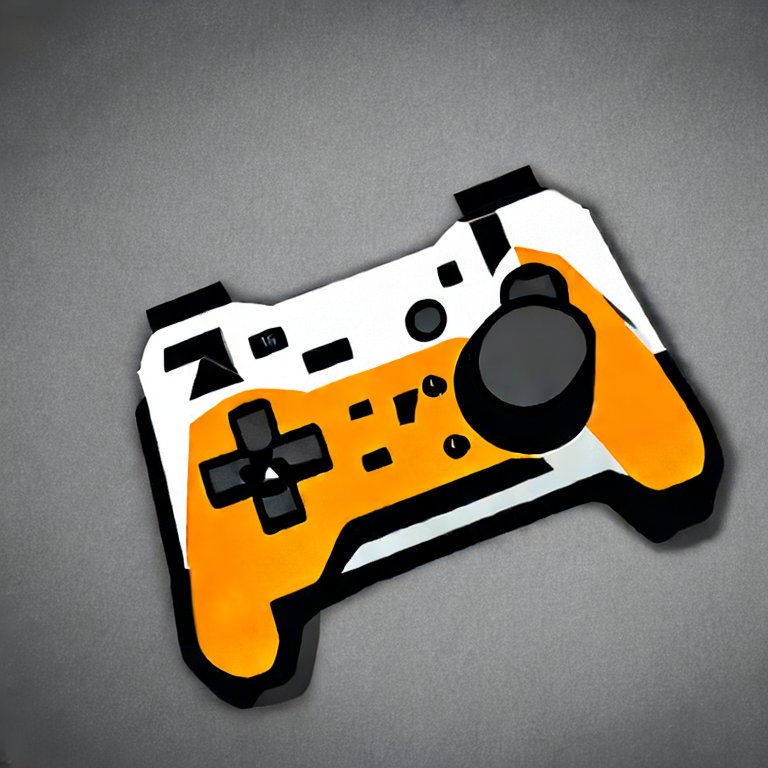

I agree with everything you’re saying, but even speaking specialist to specialist, or say to a group of specialist colleagues who might not be working on exactly what you’re working on, you still often simplify away the technical parts that aren’t relevant to the specific conversation you’re having, and use specific language on the parts that are, because that inherently helps the listener to focus on the technical aspects you want them to focus on.




Damn, that sucks.
The studio head of Modern Warfare (all ghillied up), Titanfall / Titanfall 2, and Apex Legends. The guy clearly had an eye for talent and knew how to make a memorable game. RIP.